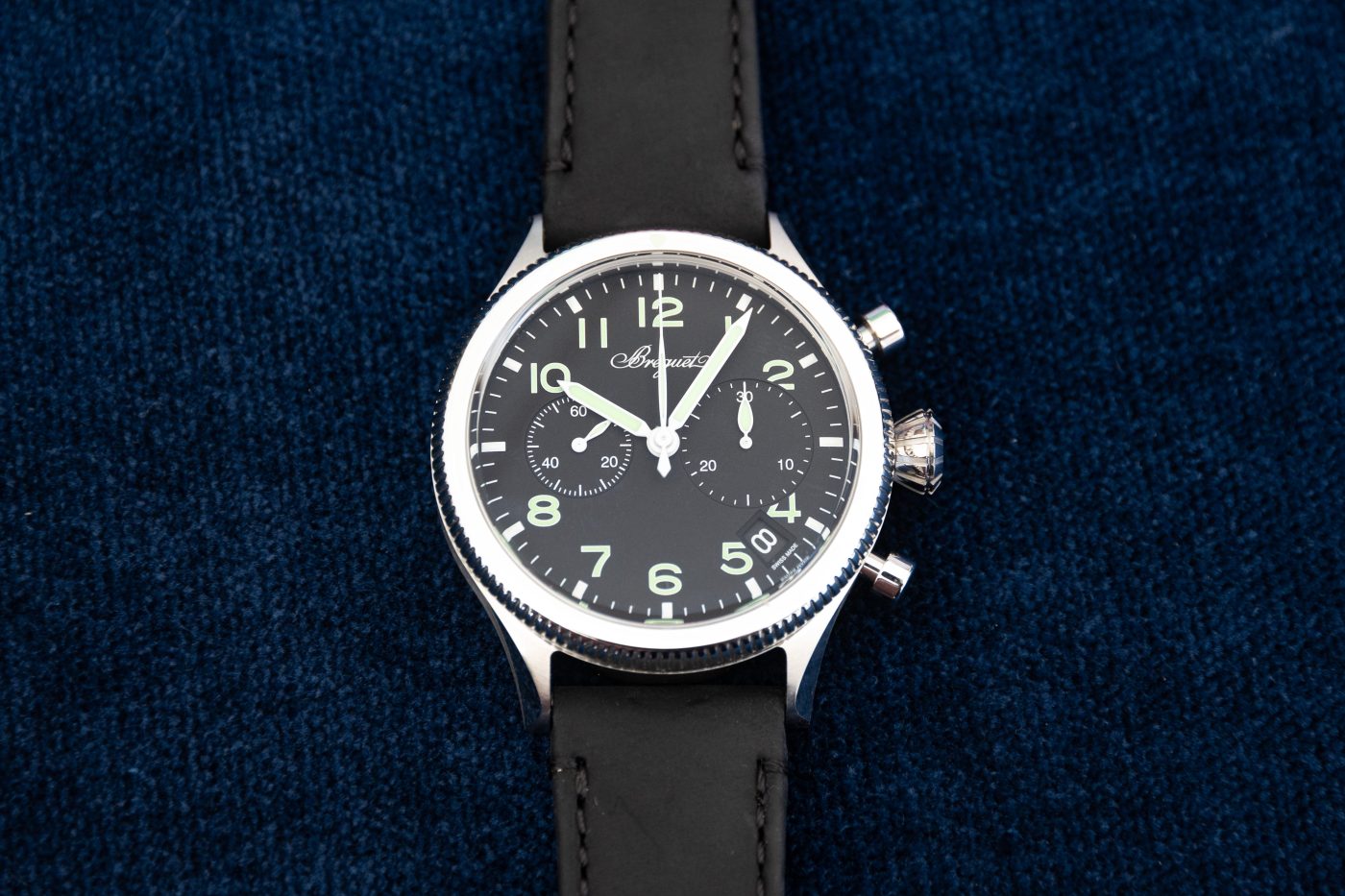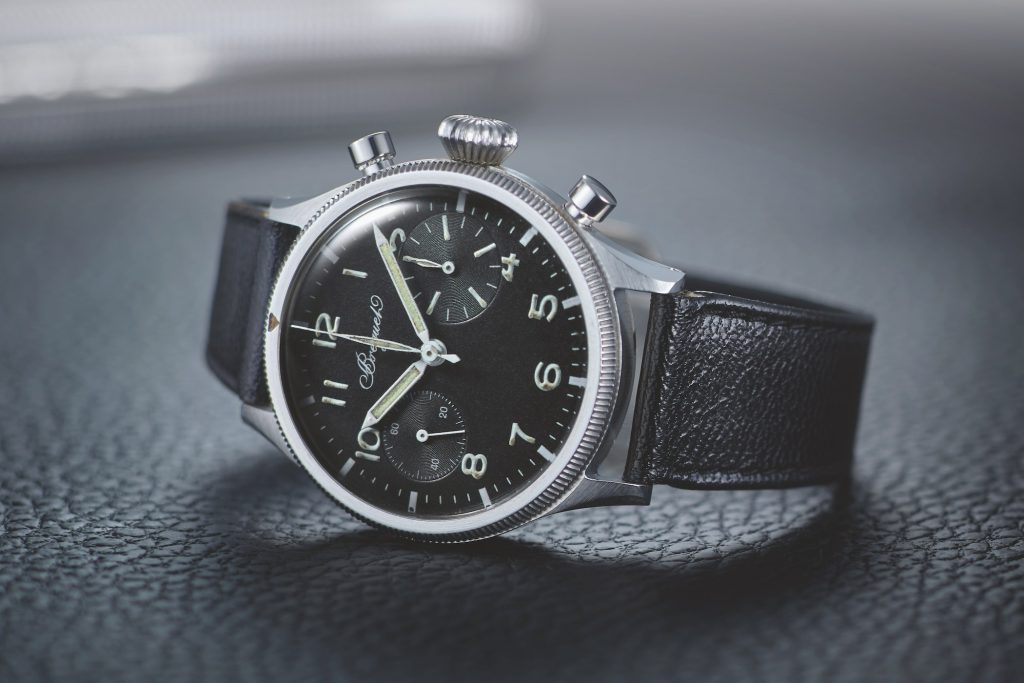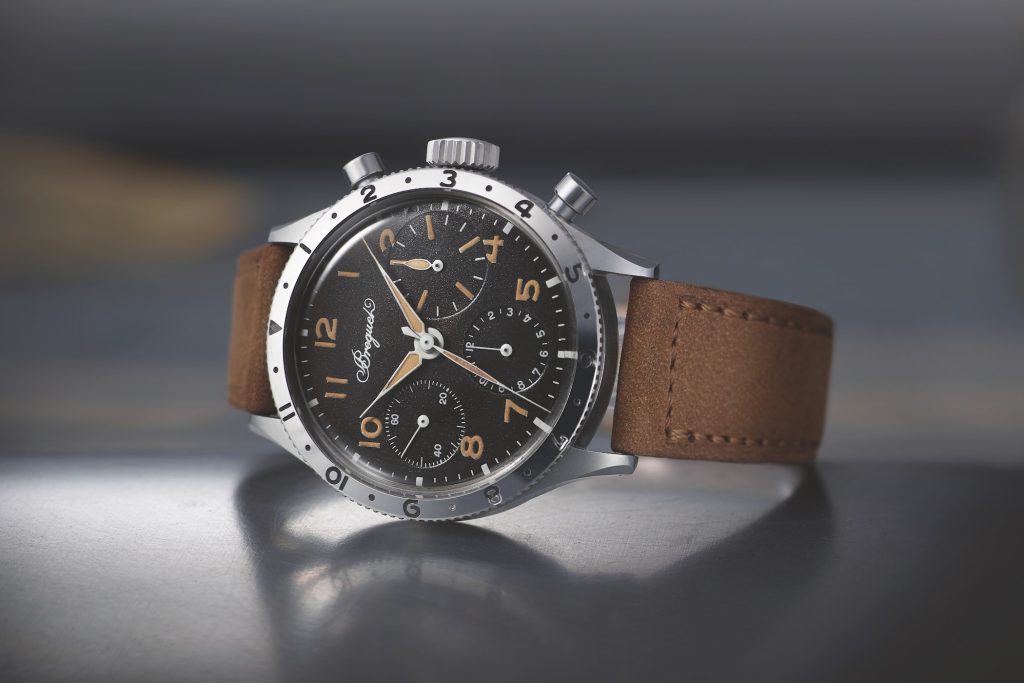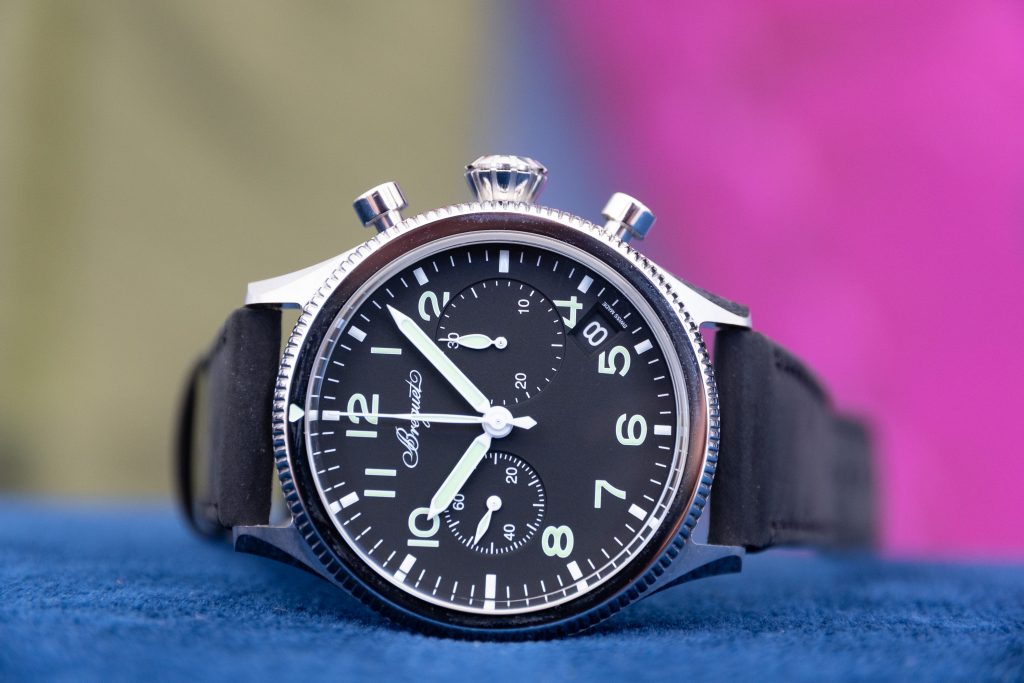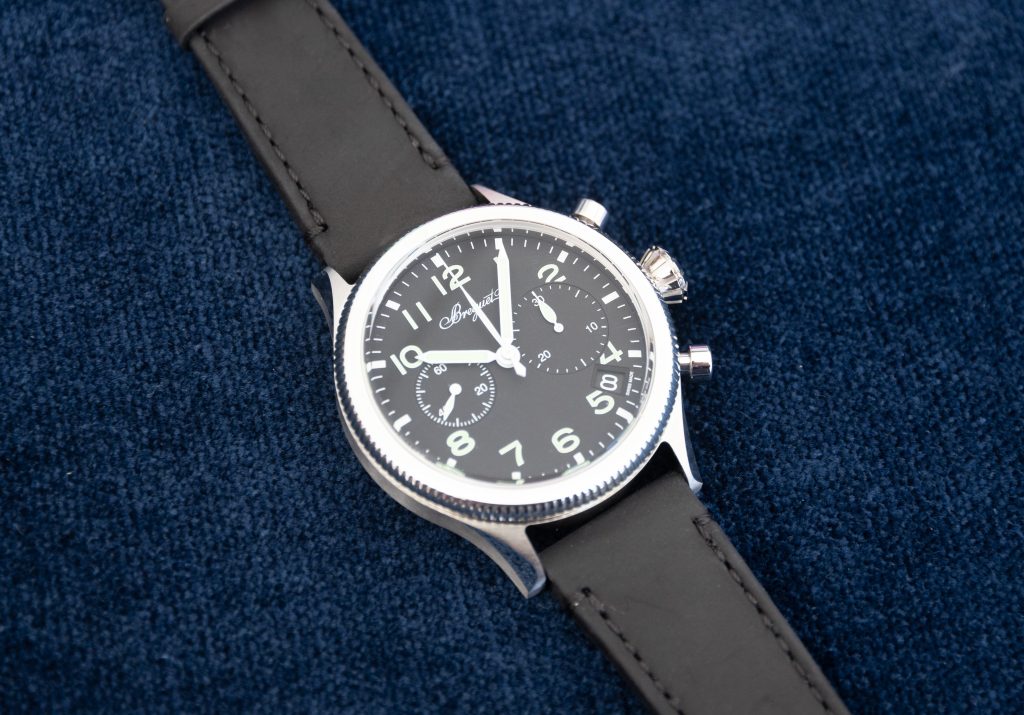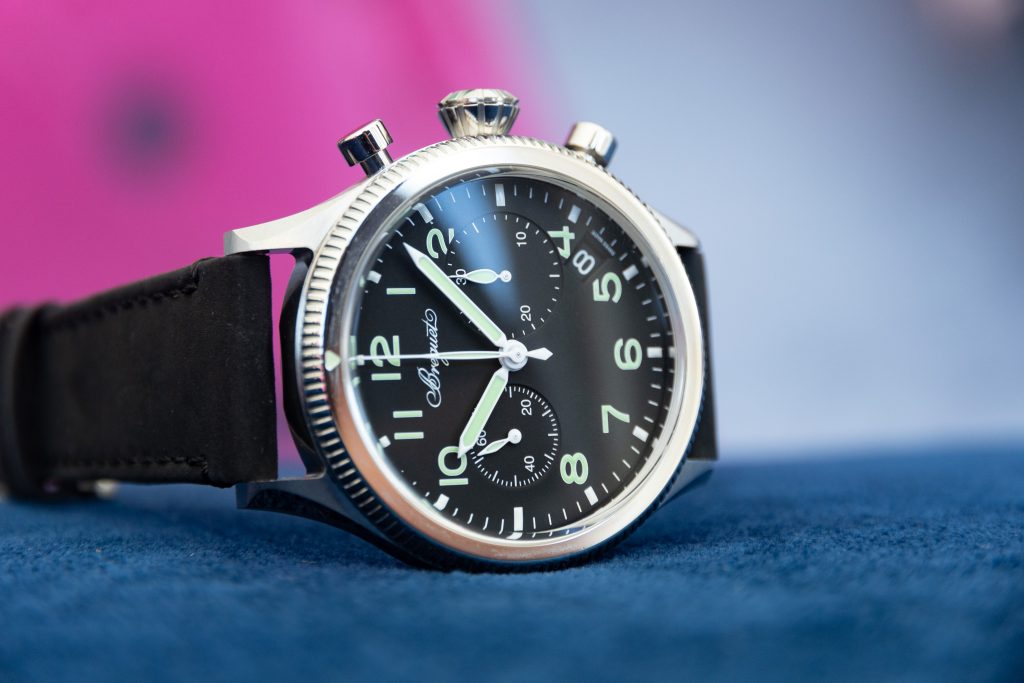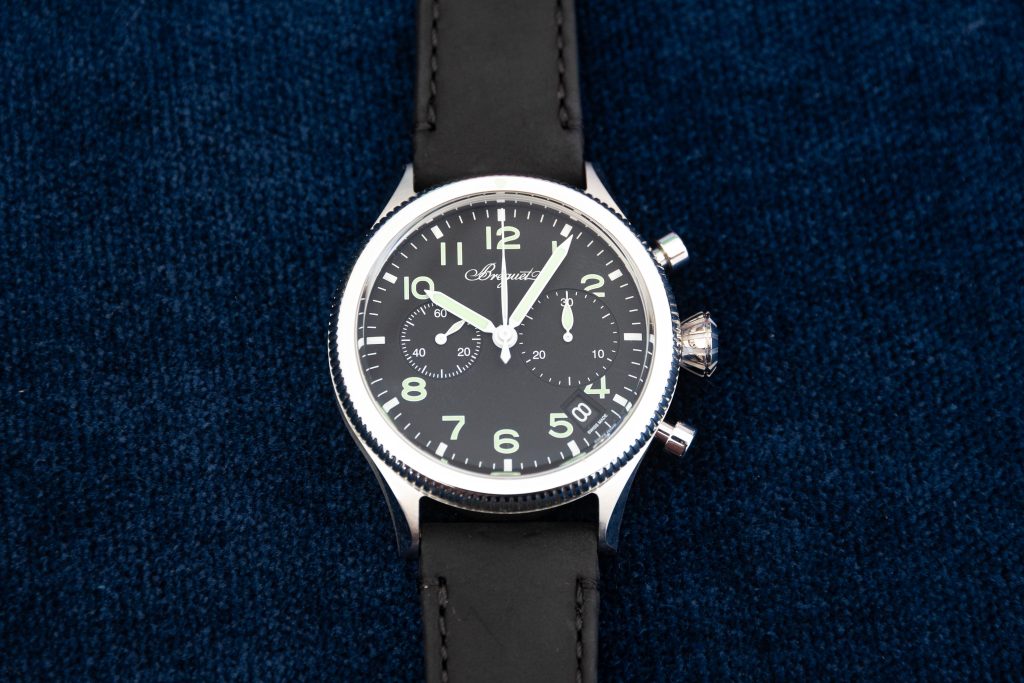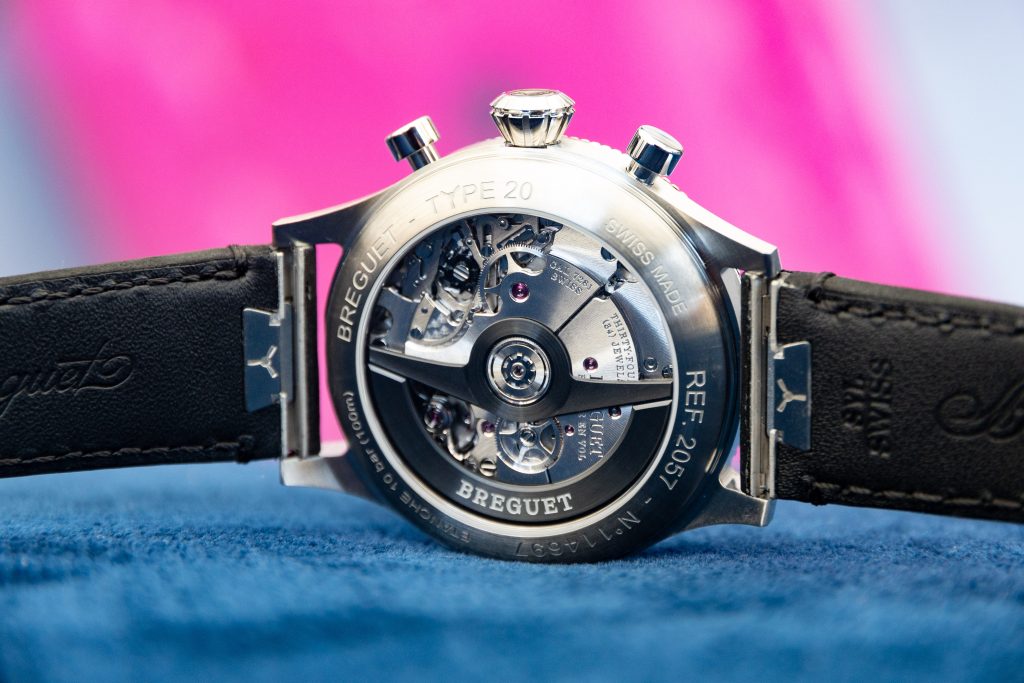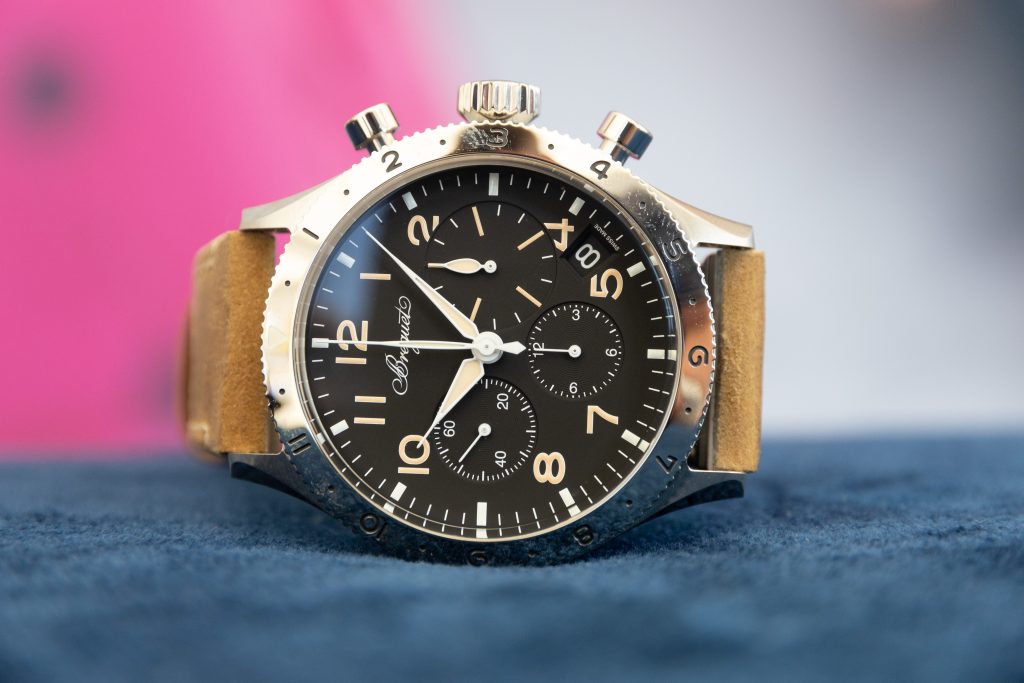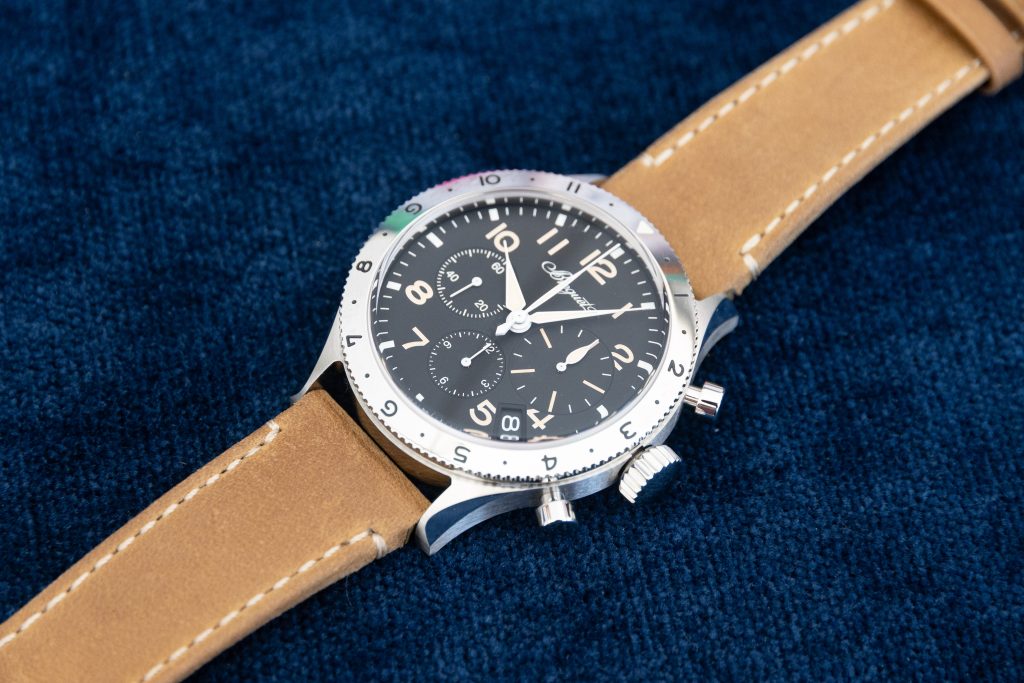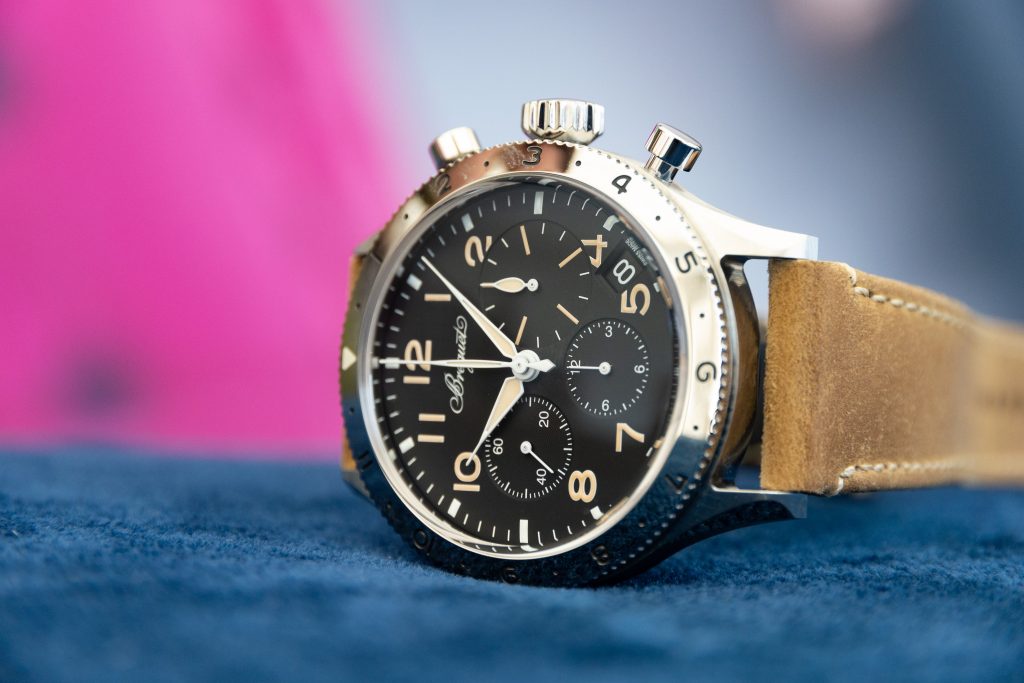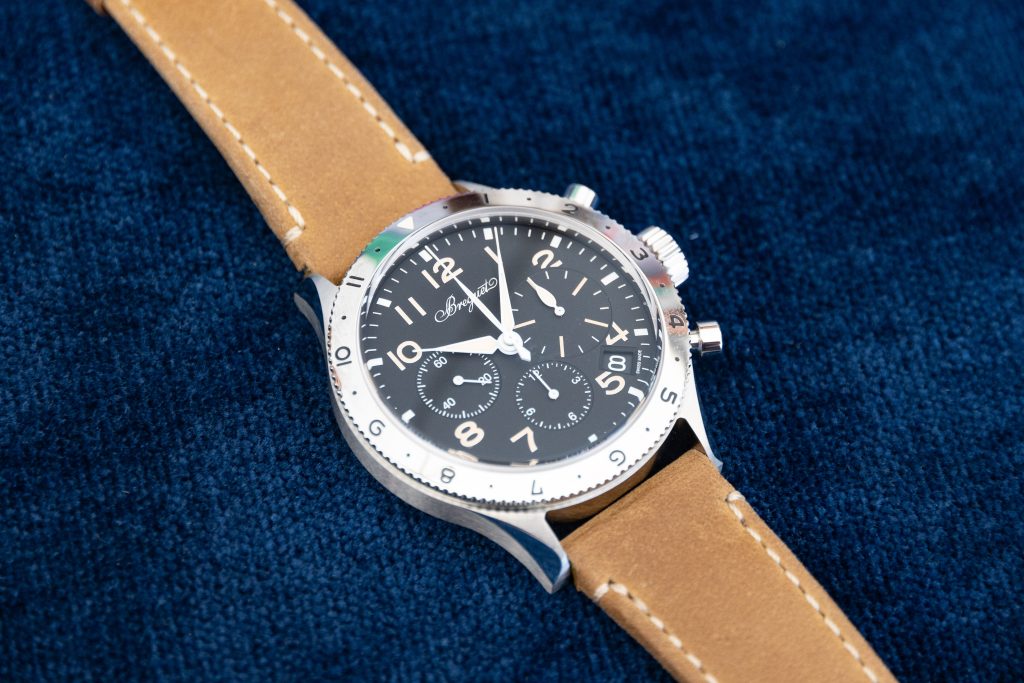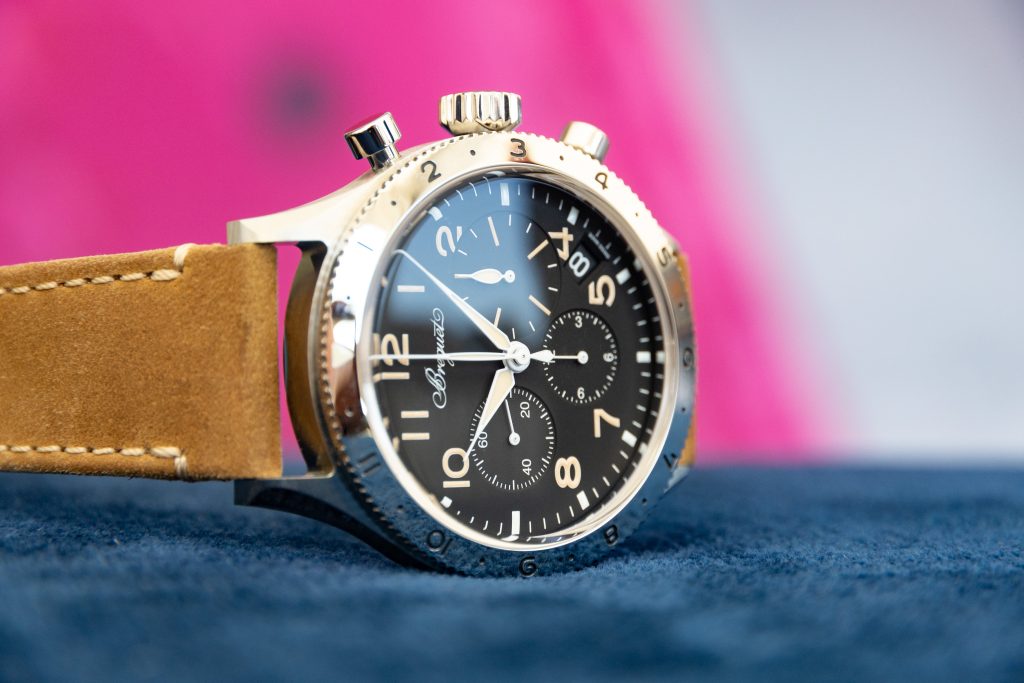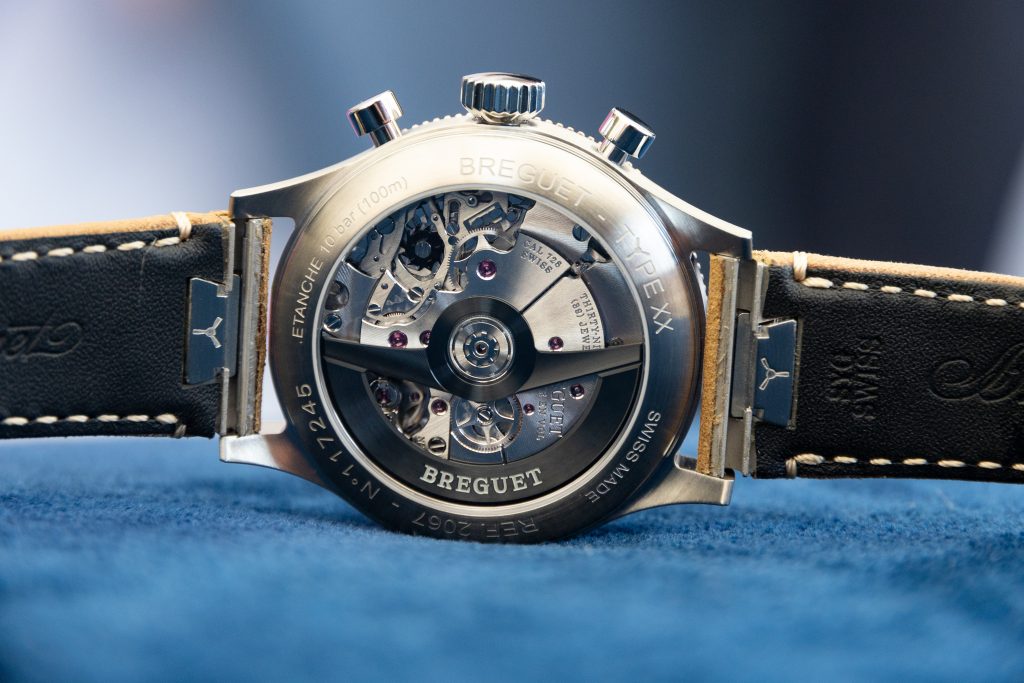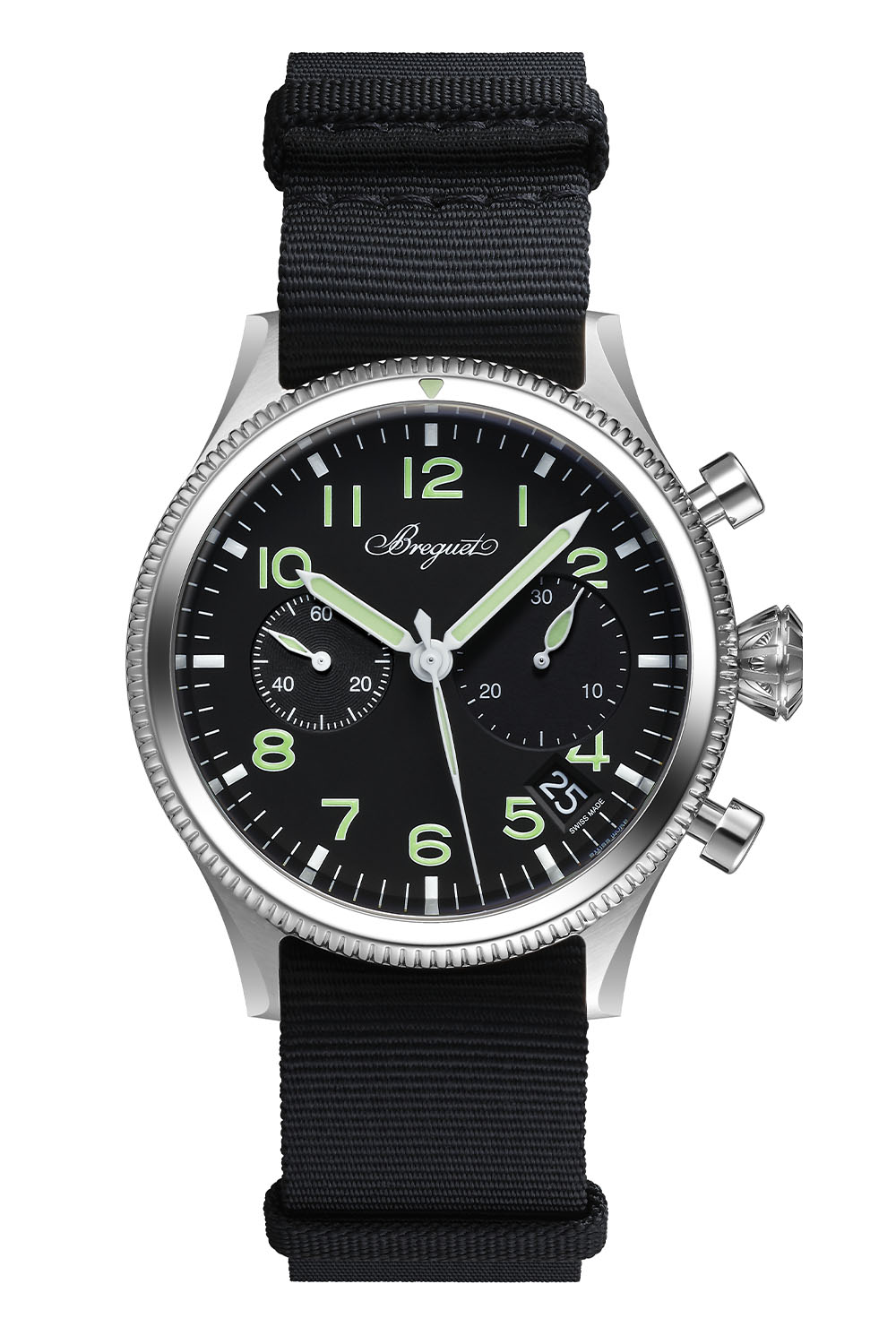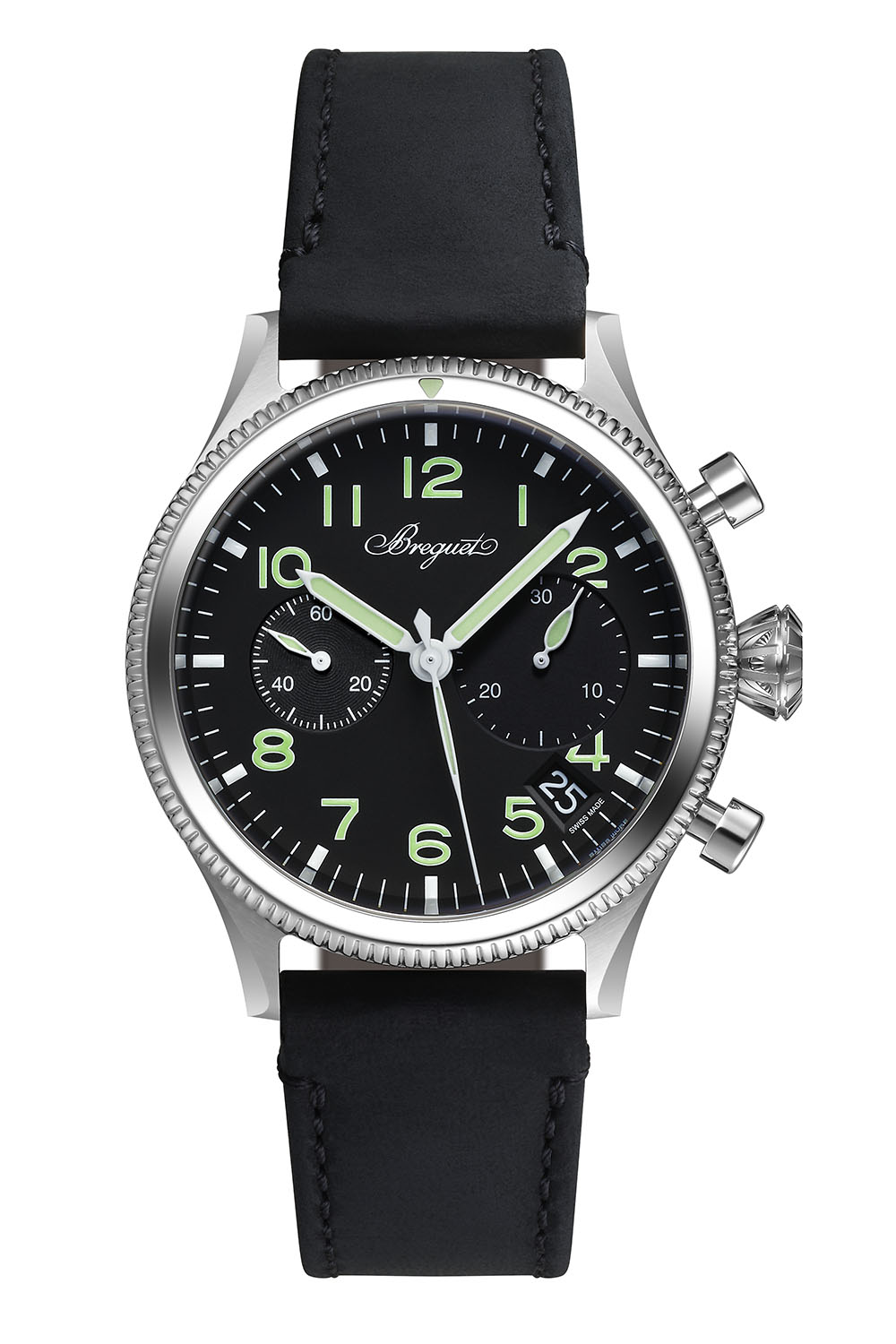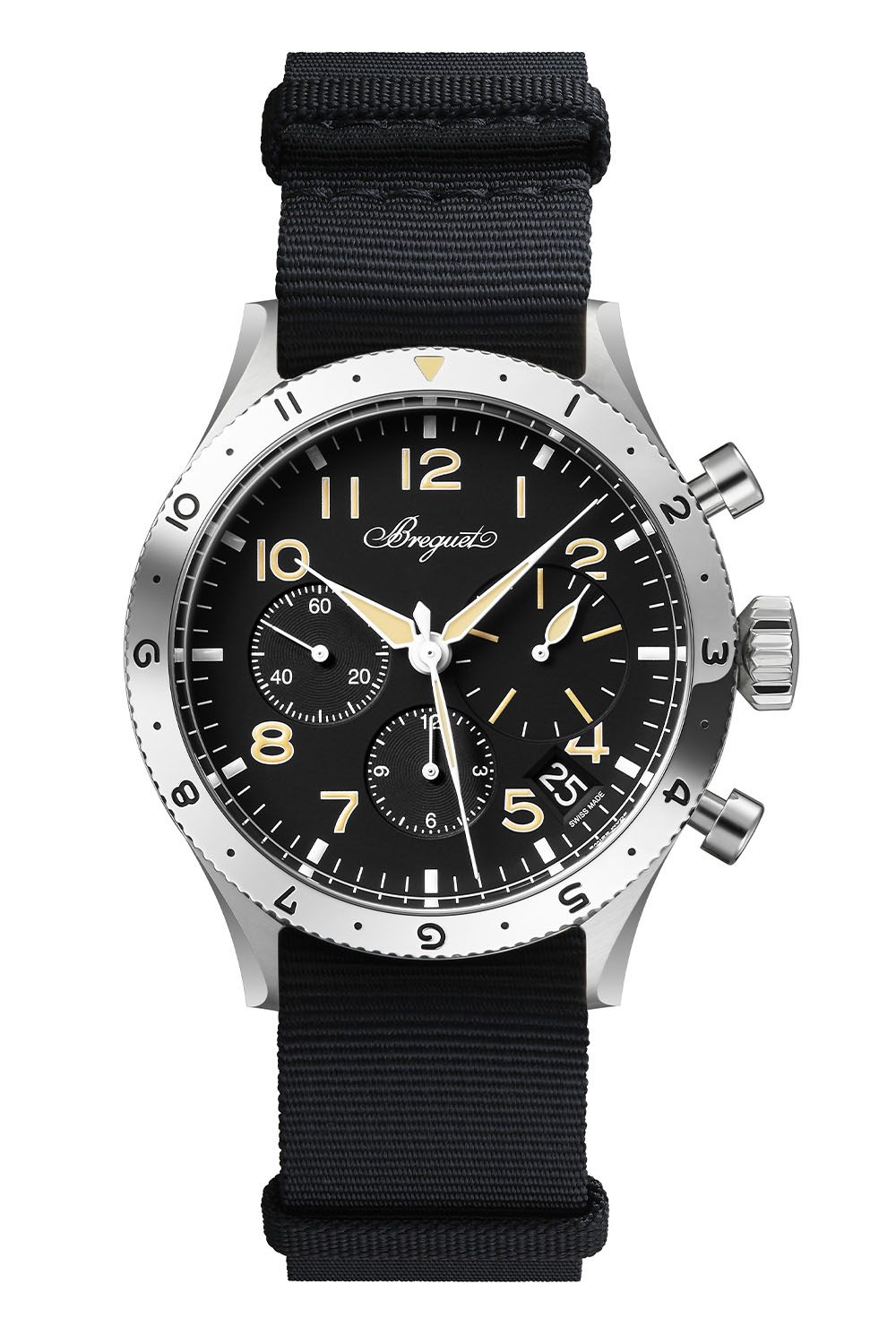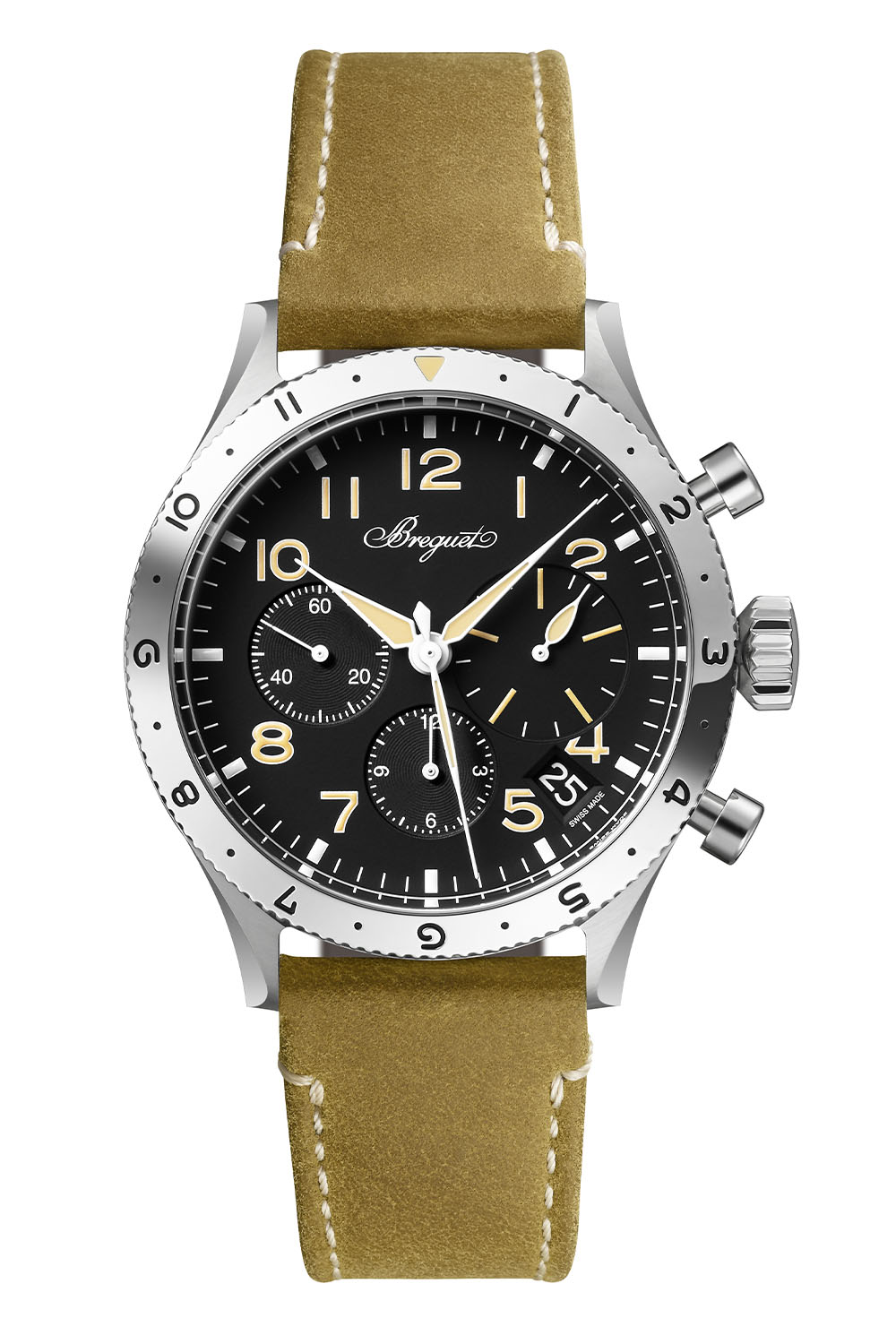BY HARLAN CHAPMAN-GREEN
You may have been wondering, with the recent announcement, why quite possibly the world’s biggest Breguet fanboy hasn’t done a writeup about the new Type XX and Type 20 pilot watches. This is because I was kindly invited to the London Concours, which Breguet is the presenting partner of. Set in the grounds of Armoury House, one of the sites belonging to the Honourable Artillery Company which is the oldest surviving unit of the British Army, having been chartered in 1537 by Henry VIII.
Over three days, various trophies and rosettes were handed out to classic, vintage and modern cars, although I went on the last day, “Supercar Day”. Having grown up watching the Clarkson/Hammon/May-era Top Gear, it was awesome to meet some of my supercar heroes, like the Mercedes CLK63 AMG Black Series and the Bugatti Veyron. But, of course, the real reason I was there wasn’t just to enjoy seeing people sharing their polished pride and joy in the June sunshine, but to get a hands-on look at the new watches.
For those who don’t know, Breguet is one of the most important names in watchmaking, having been active from 1775 to the quartz crisis era and then revived sometime in the latter part of the 20th century. Today, Breguet is at the top of the Swatch Group’s pyramid of brands, above Blancpain, Harry Winston, Omega and more. Breguet was the subject of the personal interest and fanaticism of Swatch Group founder Nicholas Hayek, who fell in love with the designs of the watches and the stories of this old watchmaker. It’s easy to do, the same thing happened to me.
In the 1950s, the French government issued a list of requirements for watches to meet, it was a new standard called Type 20. We don’t know much about this standard as the official documents have long since disappeared, but we know that needed to have a 12-hour rotating bezel and a flyback chronograph, among other specifications. Multiple manufacturers, such as Dodane, Vixa and Breguet, began working on watches to meet these specifications, but it was Breguet that supplied instruments to the French armed forces from 1954 until 1960. Breguet also made a three-register civilian version of this watch from 1954 until 1970, and it’s these two watches that are the inspiration for the latest pieces.
Both watches are on sale to the general public this time around, a quick check of the website will tell you that. Interestingly, the website has also removed almost all traces of the Type XXI and XXII watches, so we might see some new versions of those next year.
Type 20 – The military version
Anyway, back to the watches we do have. The first is the Type 20 ref. 2057ST/92/3WU, which closely resembles the military-spec watch from the 1950s in a number of ways.
The watch has a black dial with white syringe-shape hands and white markers, although the lume on the hands and the lume for the Arabic numerals have a fauxtina colour, I can see some collectors being a little disappointed in the fact that Breguet chose to add artificial patina to this watch.
I also don’t understand the inclusion of the date. Of course, from a practical point of view, having the date window sandwiched between 4 and 5 on the dial is useful, but it does seem to crowd the place a little.
Thankfully, it’s white on black like the rest of the dial, so it blends in enough not to be too obvious. The dial also has a Big Eye chronograph indication, which just means that the counter for the 30-minute chronograph is larger and, therefore, easier to read than the running seconds subdial.
The biggest change to the Type 20 is the movement which has been replaced entirely. In the previous generation watch, we got a self-winding flyback chronograph calibre from Lemania, which is now Manufacture Breguet. It was a classical cam-driven chronograph which was good for the time but needed to be updated about ten years ago. The new movement, the calibre 7281 in this case, should be good for a long time. It comes loaded with all the features a top-tier sporting chronograph needs, such as a column wheel chronograph with a vertical clutch for super smooth, damage-free operation. Having tested it, I can confirm that it is a very smooth operator whether you’re using it normally or deploying the flyback function. There’s also a 5Hz beat rate now, and the lever and balance spring are silicone, so magnetism doesn’t affect them as much. The power reserve is 60 hours which is ample, and all of this can be viewed through the sapphire crystal caseback.
Type XX – The civilian version
The second watch on display is the ref.2067ST/92/3WU, which is Breguet’s new interpretation of the chronograph watch it made for the civilian market. This watch is called the Type XX, just like the last generation. The reason for this is that this particular version wouldn’t meet the requirements of the Type 20 specification, so it can’t really be called a Type 20, but Type XX means the same thing, and we all say XX as twenty anyway.
The Type XX shares the same 42mm x 14.1mm stainless steel case as the Type 20. For those looking at the numbers and worrying, the 42mm case wears quite small for its size, the short and twisted lugs make it easy to manage, and it seemed closer to a 40mm watch on my wrist, so don’t write this one off based solely on that size number.
I know these are historically-based watches, but I think we could have some classical Breguet coin edging on the sides of the cases to add a little more pizazz. I hope there was a big meeting about that detail at the Breguet HQ.
The distinguishing factor of the Type XX is the dial, which has three registers rather than two. It still has the big eye chronograph, but the addition of the 12-hour chronograph subdial brings a little more visual harmony, as do the alpha-shaped hands with a creamier lume. The date window is still there, but instead of being an oddity on the dial, it works with this design, like it’s meant to be there for us forgetful civilian folk.
There’s also the bezel, which is wide enough to have Arabics on it on the Type XX. It operates smoothly in both directions and is clear to see. For some reason, there were some fingerprints on the model I photographed which wouldn’t come off. I don’t know if the last person to try it on ate a particularly sticky cake, but the fingerprints just wouldn’t budge! The dial of this watch somewhat reminds me of Omega’s Speedmaster ’57, not in the design itself as that watch is a 2-register chronograph, but in the fact that it’s a historically-inspired design that looks thoroughly modern here.
Like the Type 20, the Type XX has a completely new movement. This time it’s the calibre 728. The 728 and 7281 have exactly the same specs, but the main difference here is the working required to have three subdials on the watch rather than two. That means the 728 has 350 parts while the 7281 has 339. The finishing of these movements is high-grade, as one would expect, but I wasn’t able to see precisely how high-grade. I need to have my lightbox and tripod for that, and they are not practical to drag around innermost London. With Breguet being a master of decorating movements (see my Top 5 Most Beautiful Automatic Rotors – revisited [https://wristreview.com/wristreviews-top-5-most-beautiful-automatic-rotors-revisited/] article for that), I would have thought we’d see a little more engraving on components than this, but the view through to the black column wheel is a plus. I wonder if Breguet may have had a chat with their Swatch Group friends at Blancpain, as the 728 and 7281 movements have very similar specs and appearances to that used in Blancpain’s flyback watches like the Air Command and Fifty Fathoms Bathyscaphe chronographs, although Breguet’s movements have more components within, so this is only a passing thought rather than confirmed evidence. Not that it would matter anyway; Blancpain and Breguet are esteemed watchmakers of the highest order.
Closing thoughts
Both versions of the watch have some of the same details, such as the case sizing. They also have a quick-change system for their strap, which is operated using the buttons on the back of the strap with the little propellor symbol on. They will come from Breguet with a NATO-style fabric strap and a calfskin leather one. They also both have exceptionally clear sapphire crystals. These are clearly double-coated as the crystal is invisible for 99% of the time. They also have the same price, which is very high at $18,000. It’s clear that Breguet is aiming at the very top end of pilot’s watches. Given their name and history, that’s not surprising, Breguet wants its name to have as much value as the other watchmakers at its level, although the prices on the pre-owned market will reveal whether that worked or not.
I may be seeing these watches through rose-tinted glasses, but Breguet did organise for me to have a jolly around London admiring some beautiful cars and watches. Breguet is also my favourite watchmaker. But, these watches have some details that I find bizarre, such as the lack of coin edging I mentioned earlier. Oh, and there’s a ‘B’ logo on the crown of the Type 20 but not the Type XX for some reason, it can’t be historical accuracy as these watches have changed enough details already. If you want to know my favourite, it’s the Type XX, and when I asked the staff at Breguet’s booth at the end of the day, they said that the majority also preferred the Type XX.

